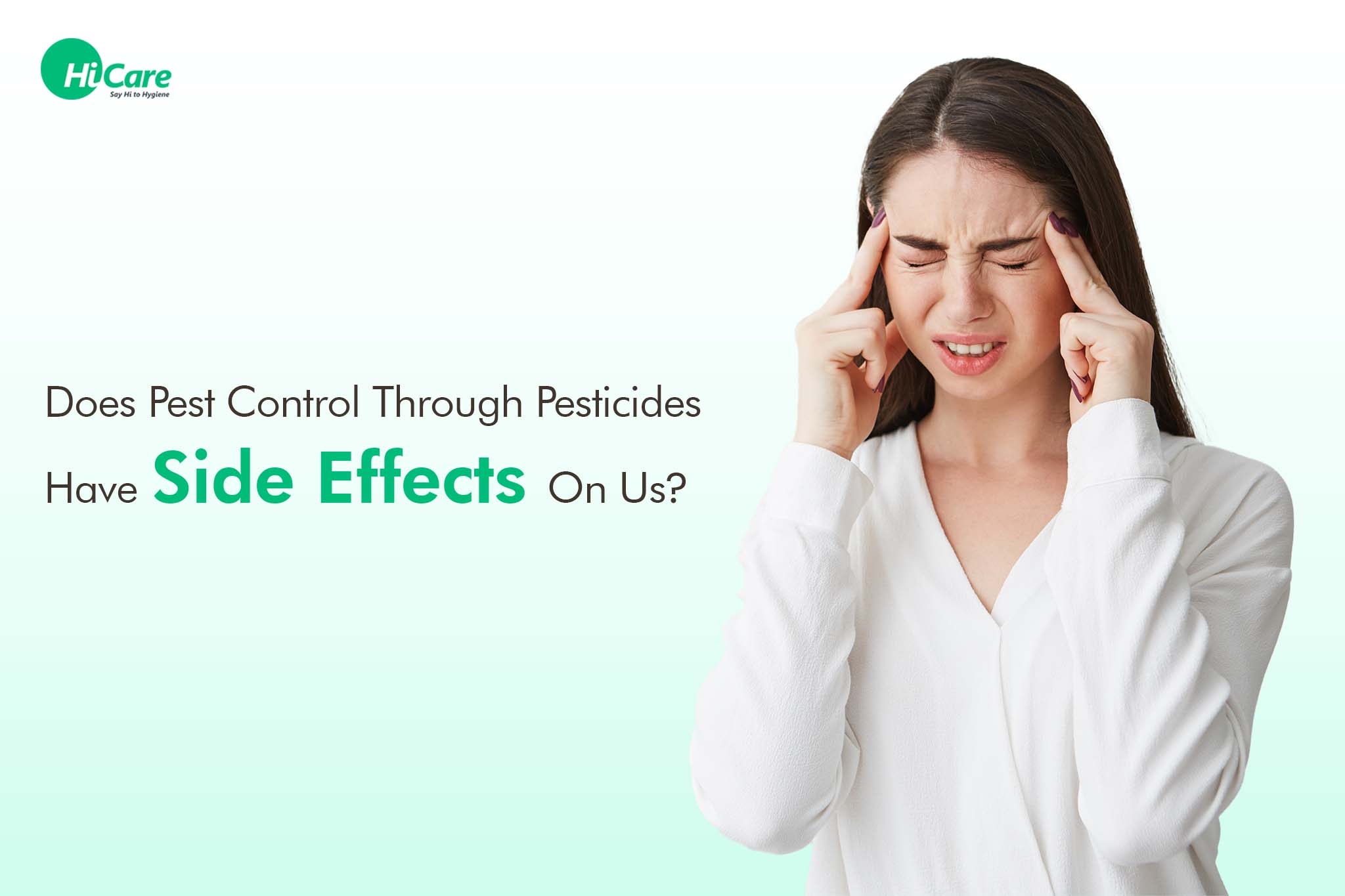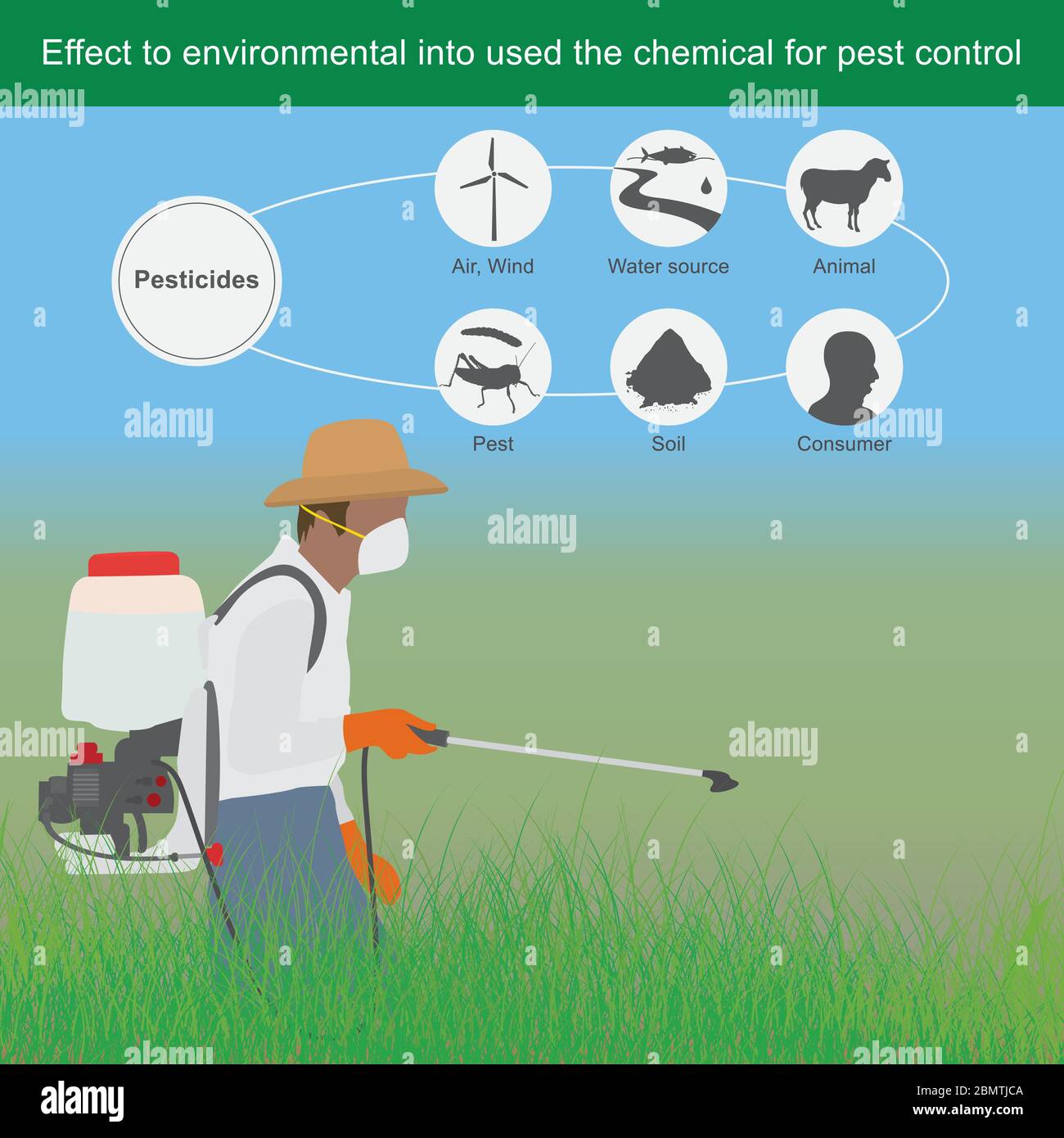Eco Bed Bug Exterminators Dc Things To Know Before You Buy
Table of ContentsThe Best Strategy To Use For Eco Bed Bug Exterminators DcAll About Eco Bed Bug Exterminators DcEco Bed Bug Exterminators Dc for DummiesNot known Incorrect Statements About Eco Bed Bug Exterminators Dc The Ultimate Guide To Eco Bed Bug Exterminators Dc
Because pesticides are toxic, they are also possibly hazardous to humans, pets, various other organisms, and the setting. People who make use of pesticides or on a regular basis come in contact with them must understand the loved one poisoning, possible health effects, and preventative steps to minimize exposure to the products they make use of. Risk, or threat, of making use of pesticides is the possibility for injury, or the level of danger associated with using a chemical under a provided set of problems.
Applicators can decrease or nearly eliminate direct exposure-- and therefore lower hazard-- by following the label instructions, using individual safety clothes and devices (PPE), and handling the chemical appropriately. As an example, more than 95 percent of all chemical direct exposures originate from dermal direct exposure, primarily to the hands and forearms. By putting on a set of unlined, chemical-resistant gloves, this kind of direct exposure can be almost gotten rid of.
The hazardous impacts that happen from a solitary direct exposure by any path of entry are described "acute impacts." The four paths of exposure are dermal (skin), breathing (lungs), dental (mouth), and the eyes. Acute poisoning is established by taking a look at the dermal poisoning, inhalation toxicity, and dental toxicity of examination animals.
Top Guidelines Of Eco Bed Bug Exterminators Dc
Acute poisoning is gauged as the quantity or focus of a toxicant-- the a.i.-- needed to kill 50 percent of the pets in an examination population. This action is typically shared as the LD50 (deadly dosage 50) or the LC50 (dangerous concentration 50). Additionally, the LD50 and LC50 worths are based on a solitary dosage and are recorded in milligrams of chemical per kilo of body weight (mg/kg) of the test animal or partly per million (ppm).
The lower the LD50 or LC50 worth of a chemical item, the better its toxicity to people and animals. Pesticides with a high LD50 are the least poisonous to human beings if utilized according to the instructions on the product tag. The persistent toxicity of a chemical is determined by subjecting examination pets to lasting exposure to the active ingredient.
The chronic toxicity of a chemical is harder than severe toxicity to establish through research laboratory evaluation. Products are classified on the basis of their family member severe poisoning (their LD50 or LC50 values). Pesticides that are classified as highly harmful (Toxicity Classification I) on the basis of either oral, facial, or inhalation toxicity should have the signal words threat and POISON published in red with a head and crossbones icon prominently showed on the front panel of the plan label.
The severe (single dosage) dental LD50 for pesticide products in this team varies from a trace total up to 50 mg/kg. As an example, direct exposure of a couple of drops of a product taken by mouth can be fatal to a 150-pound individual. Some pesticide items have simply the signal word risk, which tells you absolutely nothing about the severe toxicity, just that the item can trigger serious eye damage or serious skin inflammation
Eco Bed Bug Exterminators Dc for Beginners
In this category, the acute oral LD50 ranges from 50 to 500 mg/kg. A teaspoon to an ounce of this product could be fatal to a 150-pound individual (bed bug heater rentals). Chemical items identified as either somewhat poisonous or fairly safe (Toxicity Classifications III and IV) are required to have the signal word care on the pesticide tag

Indicators on Eco Bed Bug Exterminators Dc You Need To Know
All pesticide toxicity chemicalPoisoning worths the Consisting of, can be found on the product's Item Safety Product Safety and security InformationMSDS). Chemical labels and MSDS can be acquired from retailers or makes. Furthermore, many products likewise have information that can be located on the net. The symptoms of pesticide poisoning can range from a mild skin inflammation to coma or perhaps fatality.
Since of possible health and wellness problems, pesticide individuals and trainers have to recognize the common indicators and symptoms of chemical poisoning. The effects, or signs, of pesticide poisoning can be generally defined as either topical or systemic.
Indicators on Eco Bed Bug Exterminators Dc You Need To Know
Dermatitis, or inflammation of the skin, is approved as one of the most look what i found commonly reported topical impact linked with pesticide direct exposure. Signs and symptoms of dermatitis array from reddening of the skin to breakouts and/or blisters. Some people often tend to cough, wheeze, or sneeze when exposed to chemical sprays. Some people react to the strong odor and annoying effects of oil distillates made use of as carriers in chemical products.
This sign normally subsides within a few minutes after an individual is gotten rid of from the exposure to the irritant. A reaction to a pesticide item that causes someone not only to sneeze and cough but also to establish extreme intense respiratory signs is a lot more likely to be a true hypersensitivity or sensitive response.
Systemic results are fairly different from topical impacts. They frequently occur away from the original point of call as a result of the pesticide being soaked up into and dispersed throughout the body. Systemic results usually consist of queasiness, vomiting, exhaustion, frustration, and intestinal conditions. In sophisticated poisoning situations, the person might experience modifications in heart price, problem breathing, convulsions, and coma, which can lead to death.